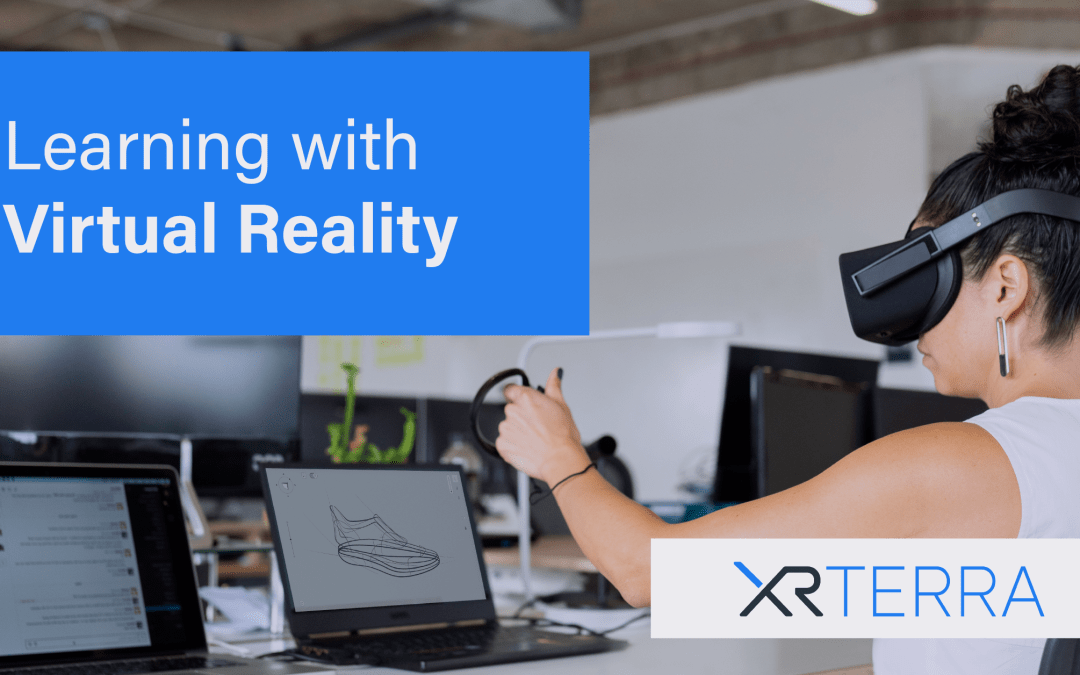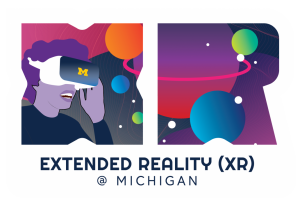The world beyond Zoom – How VR can enhance learning in this new normal

As campuses are shutting down across the country and classes are moving entirely online, universities’ course offerings are becoming more and more indistinguishable. In this time of uncertainty, many students are questioning the cost of their education, and parents, whose 401K’s are decimated, are rethinking why their kids should be returning to campus in the Fall when hopefully the world opens up again.


